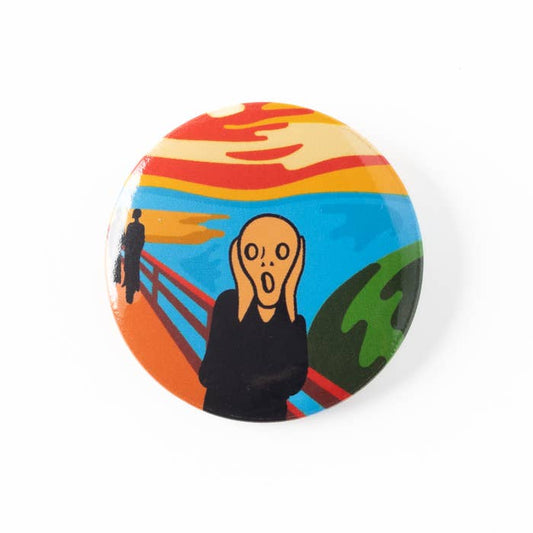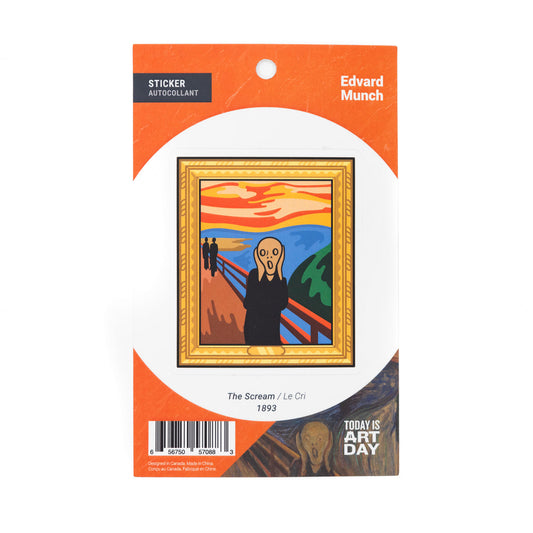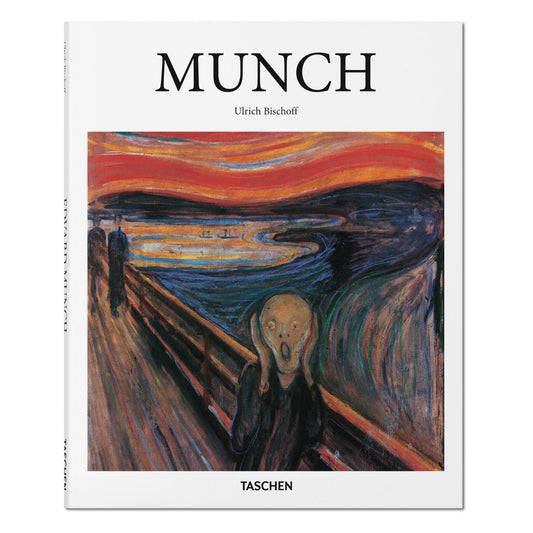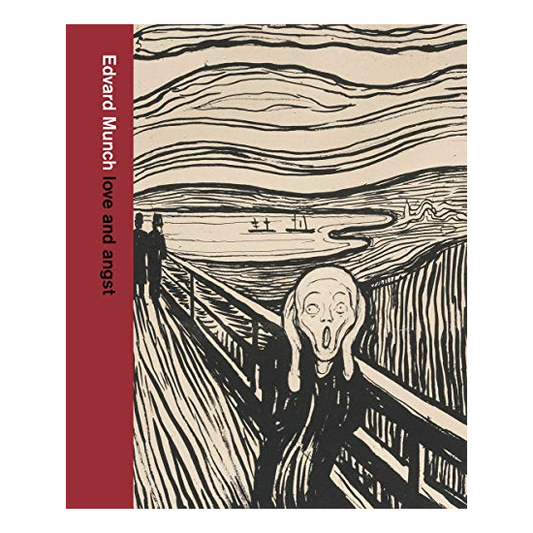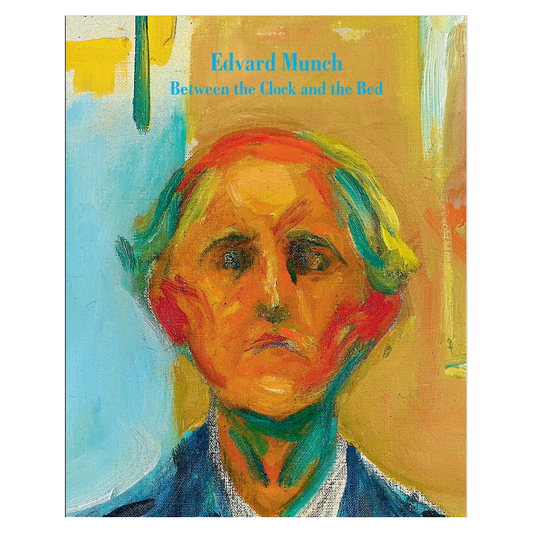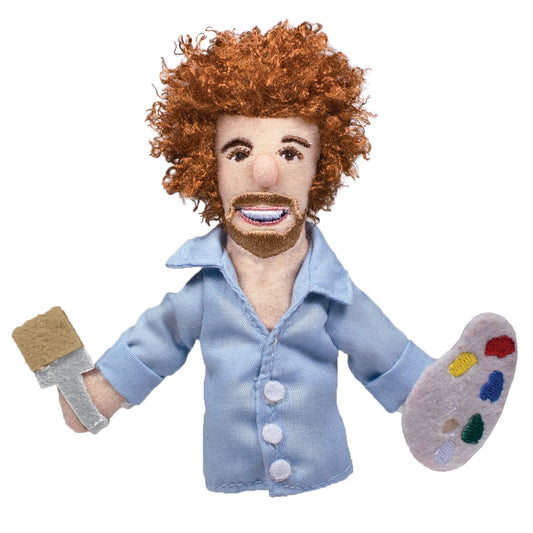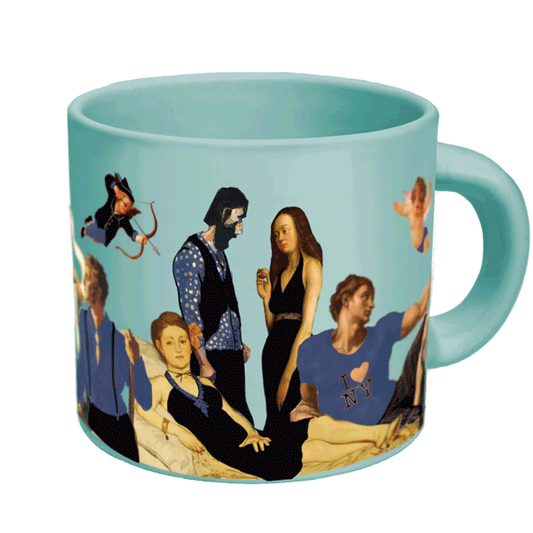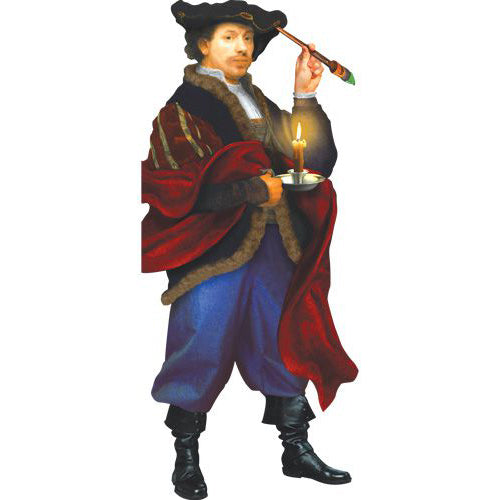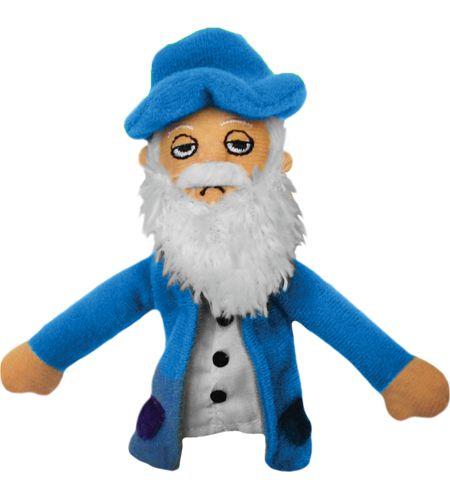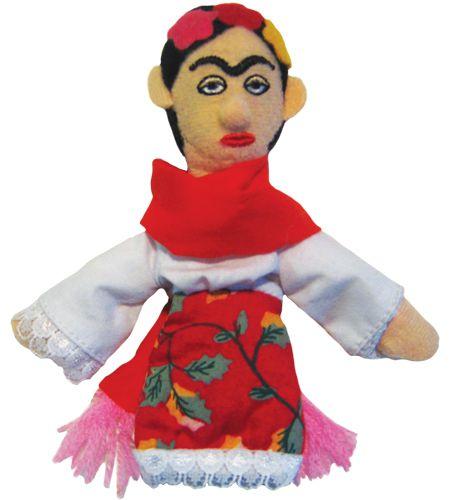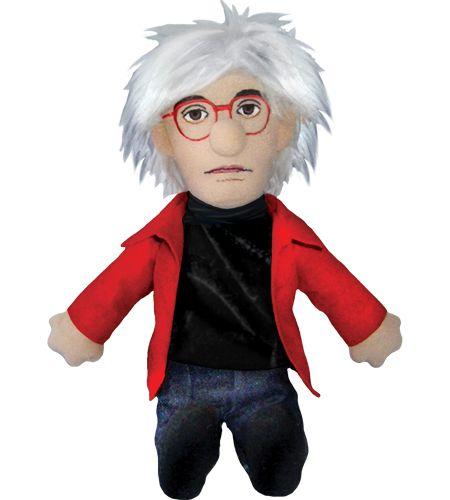Marioneta de dedo magnética "El grito" de Edvard Munch
Marioneta de dedo magnética "El grito" de Edvard Munch
The Unemployed Philosopher's Guild
En existencias
No se pudo cargar la disponibilidad de retiro
- Recomendado a partir de 5 años debido a las piezas pequeñas.
- Tarjeta de información incluida
Product Details
Product Details
- Product type: Finger Puppet
- Shipping Dimensions: 4.0 × 2.0 × 1.0 inches (10.2 × 5.1 × 2.5 cm)
- Shipping Weight: 0.19 lb (3.0 oz; 85 g)
- SKU: SKU: SKU010002648
- UPC: 814229006343
In these collections:
divertido y creativo, Edvard Munch, El gremio de filósofos desempleados, Gifts Under $10, Juguetes, Productos con descuento, Todos los productos.
About the
Edvard Munch
Edvard Munch (1863–1944) was born in Løten, Norway, and studied design and art in Oslo. In May of 1885 he traveled to Paris on a scholarship, and after the deaths of his sister and father the following year, he began to spend most of his time in France. His painting first achieved fame with an 1892 exhibition in Berlin, which also led directly to his influence upon the German Expressionists. Despite struggles with alcohol and mental health, Munch lived to the age of 80.
More Edvard Munch
-
Botón de arte: "El grito" de Munch
Precio habitual $2.81 CADPrecio habitualPrecio unitario / por -
Botón de arte: "El nacimiento de Venus" de Botticelli
Precio habitual $5.62 CADPrecio habitualPrecio unitario / por -
Imán esmaltado: El grito de Munch
Precio habitual $16.79 CADPrecio habitualPrecio unitario / por -
Artist Series Quilling Card: The Scream, by Edvard Munch
Precio habitual $42.15 CADPrecio habitualPrecio unitario / por -
Juego Pix Brix de La gran ola de Kanagawa de Hokusai
Precio habitual $126.45 CADPrecio habitualPrecio unitario / por -
Edvard Munch: Amor y angustia
Precio habitual $70.18 CADPrecio habitualPrecio unitario / por -
Edvard Munch: Entre el reloj y la cama
Precio habitual $63.23 CADPrecio habitualPrecio unitario / por -
Munch y el expresionismo
Precio habitual $84.31 CADPrecio habitualPrecio unitario / por -
Marioneta de dedo magnética "El grito" de Edvard Munch
Precio habitual $12.58 CADPrecio habitualPrecio unitario / por

About the Brand
The Unemployed Philosopher's Guild
The origins of the Unemployed Philosophers Guild are shrouded in mystery. Some accounts trace the Guild's birth to Athens in the latter half of the 4th century BCE. Allegedly, several lesser philosophers grew weary of the endless Socratic dialogue endemic in their trade and turned to crafting household implements and playthings. (Hence the assertions that Socrates quaffed his hemlock poison from a Guild-designed chalice, though vigorous debate surrounds the question of whether it was a "disappearing" chalice.)
Others argue that the UPG dates from the High Middle Ages, when the Philosophers Guild entered the world of commerce by selling bawdy pamphlets to pilgrims facing long lines for the restroom. Business boomed until 1211 when Pope Innocent III condemned the publications. Not surprisingly, this led to increased sales, even as half our membership was burned at the stake.
More recently, revisionist historians have pinpointed the birth of the Guild to the time it was still cool to live in New York City's Lower East Side. Two brothers turned their inner creativity and love of paying rent towards fulfilling the people's needs for finger puppets, warm slippers, coffee cups, and cracking up at stuff.
Most of the proceeds go to unemployed philosophers (and their associates). A portion also goes to some groups working on profound causes.
-
Museum Store Association Member
The Museum Store Association supports the cultural non-profit retail industry and the people who work in it.
-
Supports Non-profit Organizations
A portion of proceeds is donated to non-profit organizations. See description for details.
-
Designed in USA
Designed in the USA, with global manufacturing or assembly.
More from The Unemployed Philosopher's Guild
-
Marioneta de dedo magnética de Bob Ross
Precio habitual $12.58 CADPrecio habitualPrecio unitario / por -
Taza Grandes desnudos en el arte
Precio habitual $28.03 CADPrecio habitualPrecio unitario / por -
Drag Story Hour Mug
Precio habitual $28.03 CADPrecio habitualPrecio unitario / por -
Tarjeta de notas troquelada de Rembrandt con pegatinas
Precio habitual $5.55 CADPrecio habitualPrecio unitario / por -
Marioneta de dedo magnética de Claude Monet
Precio habitual $12.58 CADPrecio habitualPrecio unitario / por -
Marioneta de dedo magnética de Vincent van Gogh
Precio habitual $12.58 CADPrecio habitualPrecio unitario / por -
Marioneta de dedo magnética Frida Kahlo
Precio habitual $12.58 CADPrecio habitualPrecio unitario / por -
Muñeco de peluche Andy Warhol "Pequeño pensador"
Precio habitual $33.72 CADPrecio habitualPrecio unitario / por -
Bob Ross Magnetic Dress Up Play Set
Precio habitual $22.41 CADPrecio habitualPrecio unitario / por -
Frida Kahlo Magnetic Dress Up Play Set
Precio habitual $22.41 CADPrecio habitualPrecio unitario / por
-
¡Gracias!
Cada compra apoya la misión y los programas del Museo Chrysler. ¡Gracias!
-
Membership has its benefits!
Los miembros inician sesión e ingresan el código de descuento MEMBER10 al finalizar la compra para aplicar su 10% de descuento para miembros.


